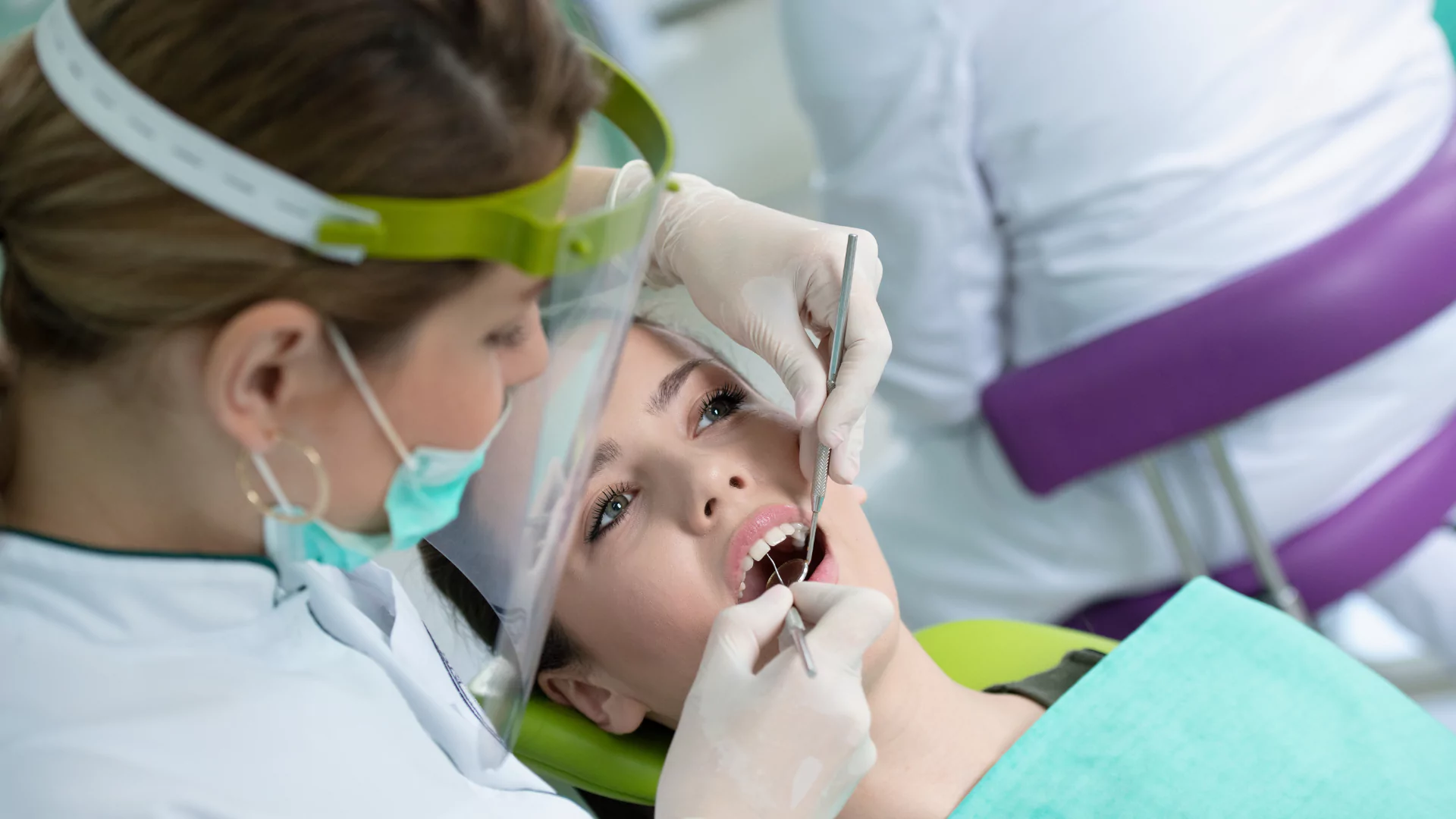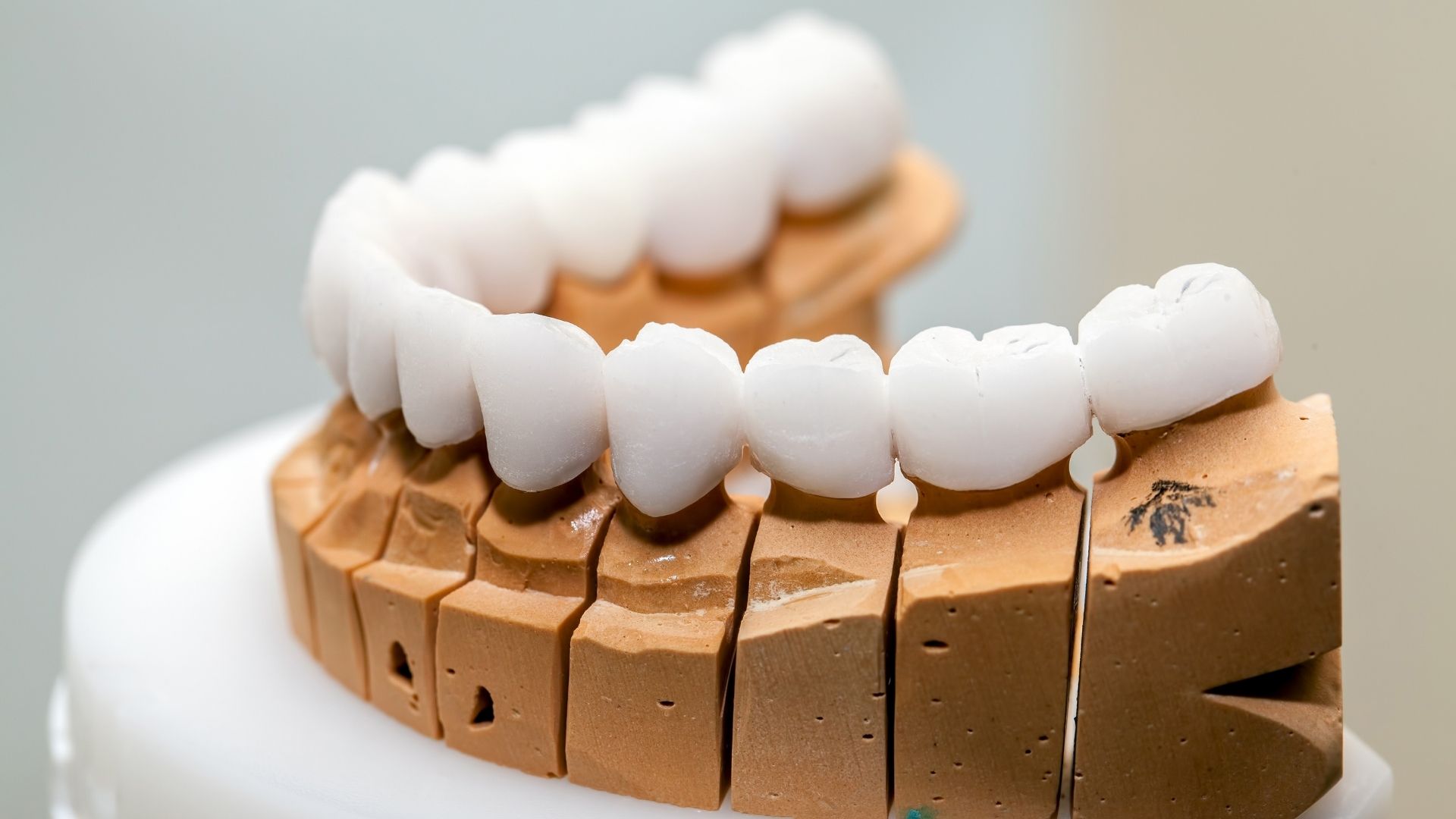Containing glass, these ceramics contribute to the prosthesis’s translucency and natural appearance. However, their delicacy and fragility preclude their placement without metal support. A metal structure is essential to provide the necessary support in the oral cavity.
This requirement has spurred modifications in ceramics to bolster their resistance, resulting in the evolution of total ceramics.
In 1965, McLean and Hughes ventured into the realm of metal-free ceramics, achieving success with aluminum oxide. While they crafted a robust ceramic, it retained a considerable level of opacity, leading to reduced translucency and a loss of natural appearance. To counteract this, patients had to treat additional teeth to avoid an artificial look. Consequently, this material is specifically utilized for the framework, constituting the internal aspect of the crown. A separate layer, composed of a distinct translucent ceramic, is applied over it.
This marks the pinnacle of innovation and excellence in ceramic materials. These state-of-the-art ceramics are composed of highly sintered zirconium oxide (95%), partially stabilized with yttrium oxide (5%). Known chemically as zirconia or ZrO2, the standout feature of this material is its exceptional toughness, attributed to its entirely crystalline microstructure. It also boasts a reinforcing mechanism referred to as ‘resistant transformation.’
Discovered by Garvie & colleagues in 1975, this ceramic showcases an ability to withstand substantial mechanical stress within the oral cavity, effectively handling the forces exerted by chewing muscles.
Due to its outstanding mechanical and optical properties, it finds application in extensive prosthetic restorations, bridges exceeding 3 units, crowns, prostheses on implants, implants, orthodontic brackets, endodontic posts, inlays, and onlays.
These materials exhibit resistance to fracture, high precision in marginal adjustment, and remarkable aesthetics, contributing to a noteworthy clinical survival rate.

































